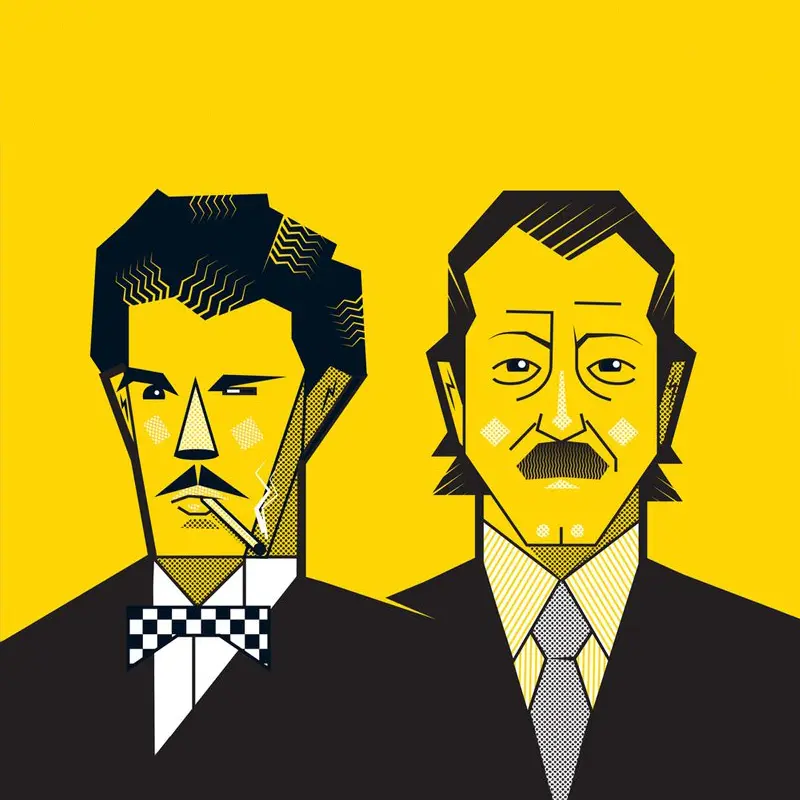Yello. Musicians who developed sampling back in the early 1980s

They were two completely different people, but with great imaginations, the same passion for music and childishness. “Our concept was to become like kids, and Yello was our toy”, said Dieter Meier later. Yello is the name of their common toy. It’s a simple name, like Lego. It has nothing to do with yellow. Another version claims that Yello is a portmanteau of yell and hello, which also makes sense: plenty of Boris Blank’s screams are used in the tracks of the band’s records. (“Your mouth is the best synthesizer in the world,” said Blank once.)
Here we should mention that Boris is the only one who works on music in the band. Dieter doesn’t have enough patience to compose. He’s constantly on the road, making deals, opening new businesses and checking how everyone is working. When Blank finishes a track, he shows it to Meier and they decide together what they can sing or say here.
“I then began singing with a rock band—but I wasn’t singing rock songs, I’m definitely not a rock singer, I’m more of an actor who plays parts within Boris’ sound pictures—parts he has invented,” says Meier. As he himself admits, only Blank’s music inspires writing lyrics as well as inventing characters and situations. He doesn’t prepare anything in advance. After hearing the music, Meier starts running around the studio doing a recitative, simultaneously looking with eyes wide open for where he can fix this stream
of consciousness :-) “He’s one percent, but has a big effect,” explains Boris Blank.


